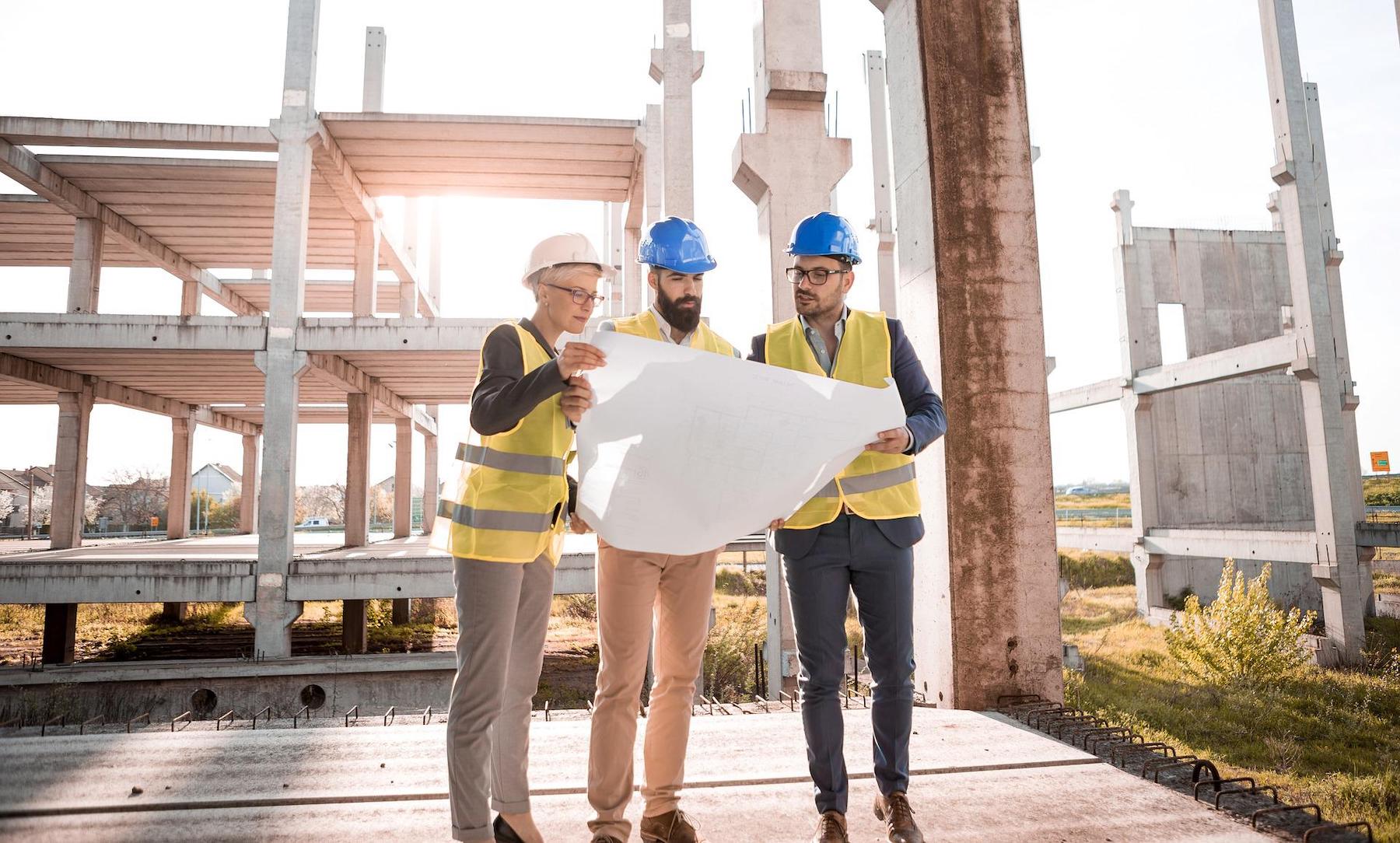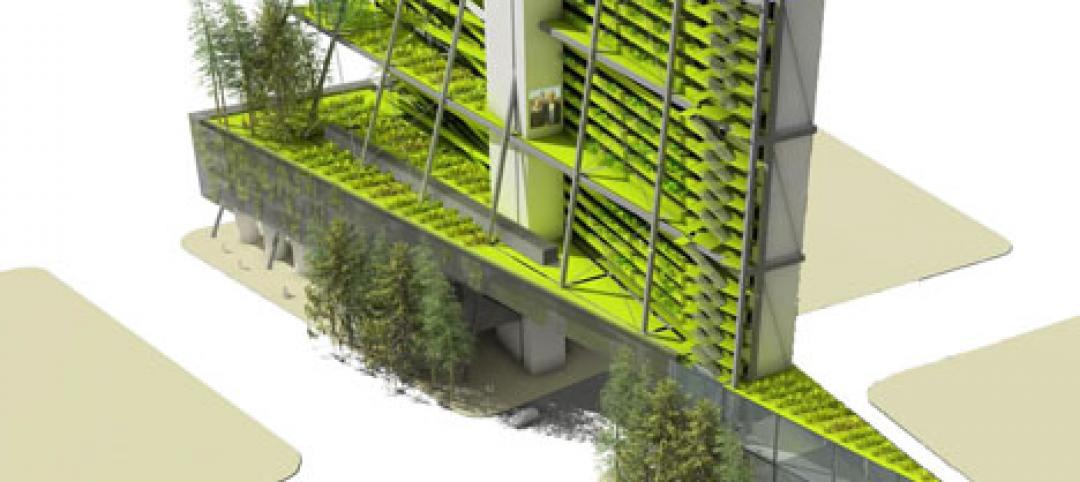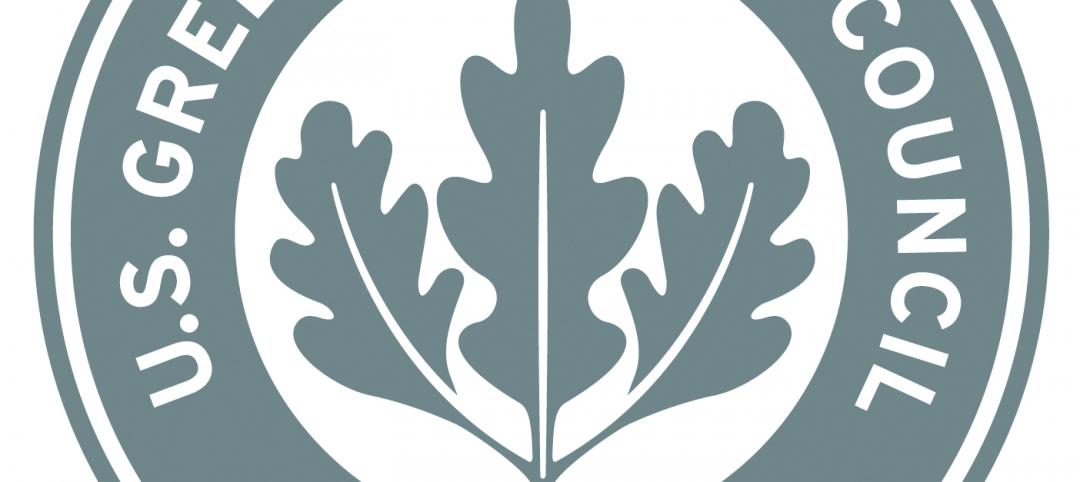The U.S. Green Building Council now offers tools to support the LEED Integrative Process for Health Promotion (IPHP) pilot credit.
This credit can be used to guide high-performance projects that are also cost-effective and promote human health. Early planning and action can help project teams select and tailor LEED credits based on a project’s specific health context.
IPHP encourages teams to consider the impact that project design and construction has on health and well-being (including physical, mental, and social effects) of occupants. A newly released suite of materials supports projects in achieving health-related goals through this pilot credit.
The tools and resources were developed by the Green Health Partnership, an applied research initiative between the University of Virginia School of Medicine and USGBC, funded by the Robert Wood Johnson Foundation. The tools available for all types of projects are:
- Green Buildings for Health: An Owner’s Roadmap to the LEED Health Process
- LEED Health Process: Workshops Guide for Project Owners
- LEED Health Process: Monitoring Outcomes in Buildings
- Green Buildings for Health: A Project Team’s Roadmap to the LEED Health Process
- LEED Health Process: Workshops Guide for Project Teams
- Worksheet: Setting Project Health Goals
- Worksheet: Health Design Charrette
Other tools are tailored for teams working on school projects.
Related Stories
| May 31, 2012
Natural gas industry opposes federal carbon-neutral construction rule
The natural gas industry and some allies are working to block a federal green building rule that was expected to be a national model for carbon-neutral construction.
| May 31, 2012
Lawsuits push the legal boundaries of green building definition
This article explores some legal issues stemming from lawsuits in which plaintiffs have charged developers with not delivering on a promised level of sustainability.
| May 31, 2012
ANSI approves Green Building Initiative’s design standard
The Green Building Initiative (GBI), a Portland, Ore. nonprofit organization, has had its new consensus-based standard for the design, construction, and operations of environmentally friendly buildings approved by the American National Standards Institute (ANSI).
| May 31, 2012
USGBC testing Minnesota buildings to see if they are living up to LEED standards
The Minnesota chapter of the U.S. Green Building Council (USGBC) has teamed up with EnergyPrint, a St. Paul, Minn. energy consulting firm, to study the energy and water use of more than 150 buildings in the state that have LEED certification.
| May 29, 2012
Reconstruction Awards Entry Information
Download a PDF of the Entry Information at the bottom of this page.
| May 25, 2012
Major retail chains welcome LEED Volume option
Large national chains such as Starbucks, Marriott, Verizon, and Kohl’s are welcoming the LEED Volume Program that enables them to batch certify similar projects.
| May 25, 2012
Alaska’s okay of gravel aggregate with naturally occurring asbestos opens up development
Some long-delayed projects in the Upper Kobuk region of Alaska may now move forward thanks to legislation that allows construction in areas that have naturally occurring asbestos.
| May 25, 2012
Las Vegas building codes may thwart innovative shipping container development
A developer wants to build a commercial development out of steel shipping containers in Las Vegas, but city codes would have to be altered or the project would have to obtain waivers for it to receive the city’s go-ahead.
| May 25, 2012
Collapse of Brooklyn building that killed worker blamed on improperly braced frame
The Occupational Safety and Health Administration cited SP&K Construction with 11 safety violations, for which it could face more than $77,000 in fines.











